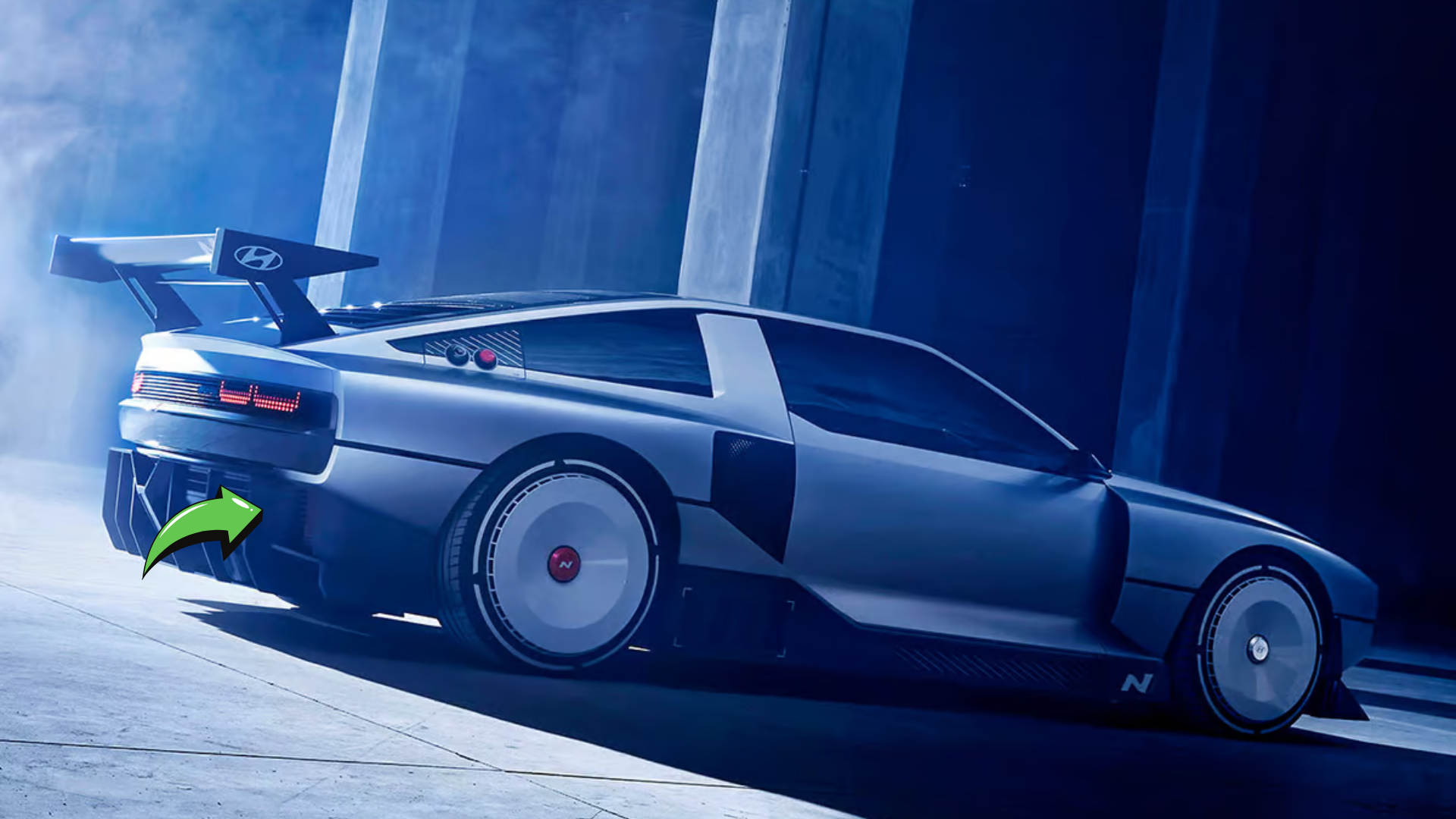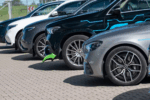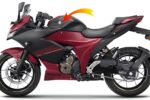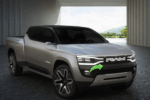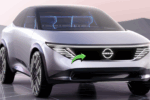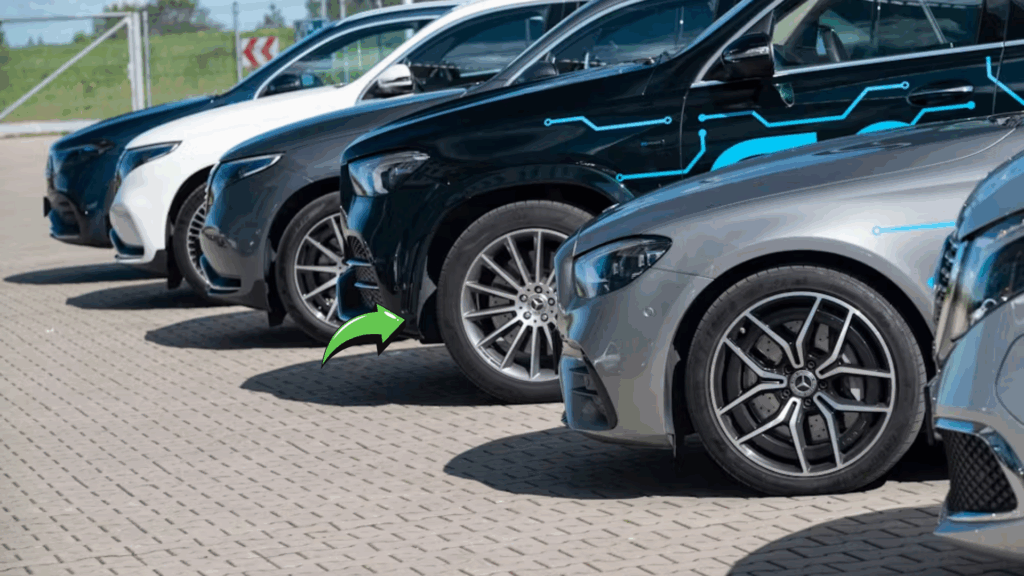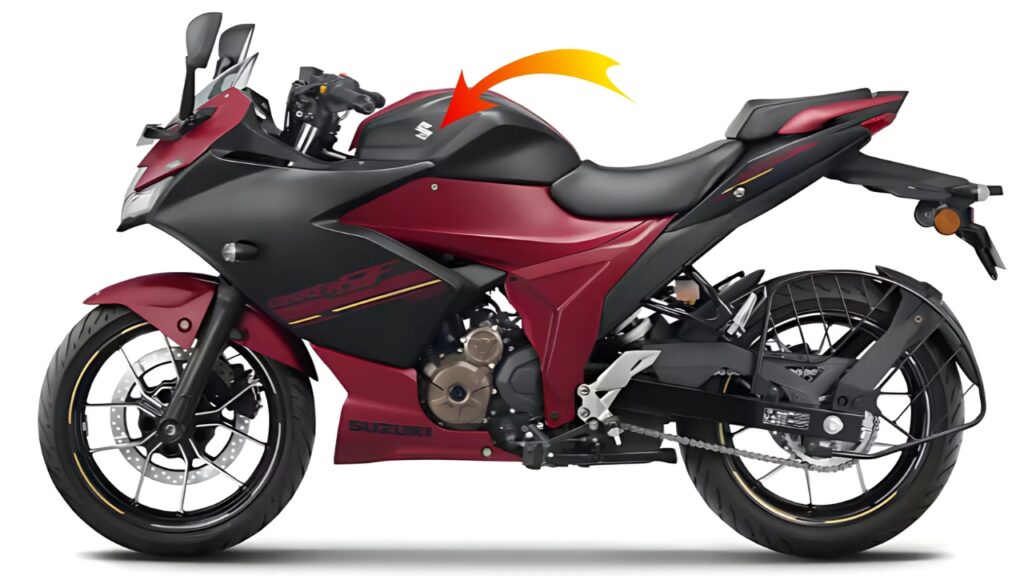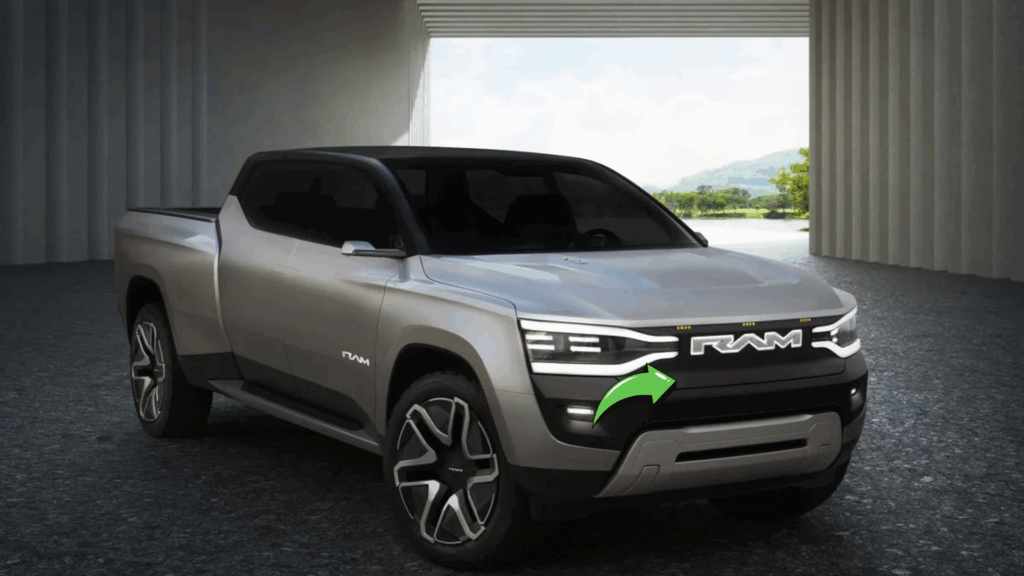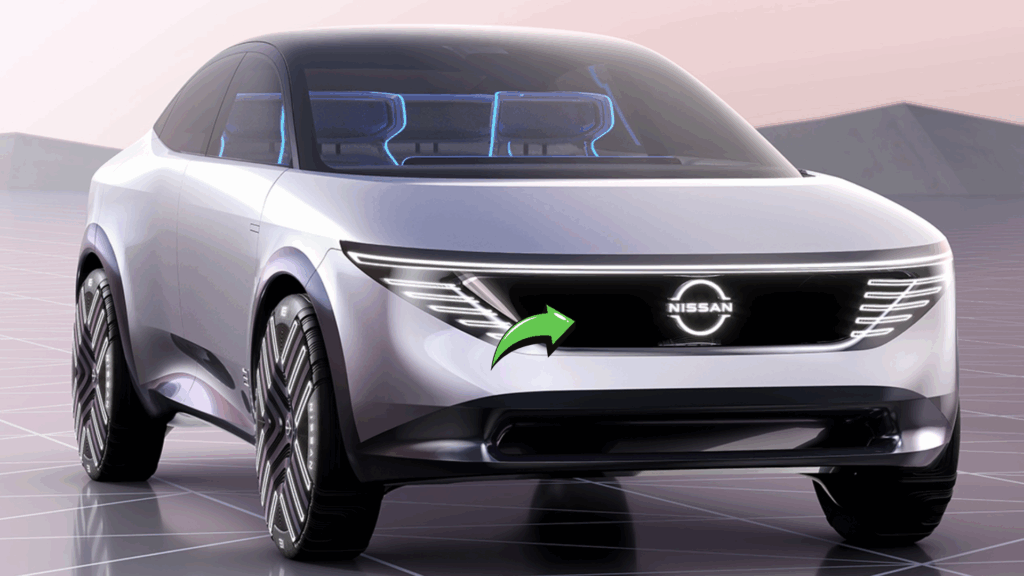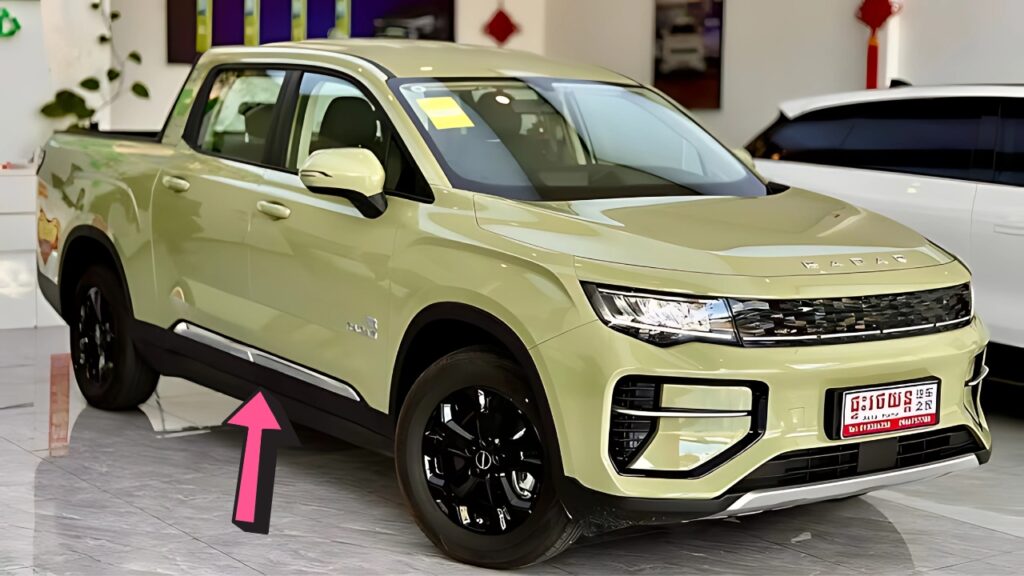The landscape of Western Sydney is changing. Not with new skyscrapers or housing developments, but with something far more significant for our environmental future. Last week, amid little fanfare but enormous potential, Hyundai opened its first dedicated electric vehicle fast-charging hub in the region. This isn’t just another charging station—it represents a fundamental shift in how Sydney’s western suburbs embrace the electric revolution.
I’ve lived in Western Sydney for nearly two decades and have watched the slow crawl of EV adoption here. For years, my neighbors viewed electric cars as inner-city toys, impractical for our longer commutes and family needs.
That perception is finally shifting. You can feel the change in conversations at local barbecues and school pickups. People are curious, but infrastructure has remained the stumbling block – until now.
Table of Contents
Why Western Sydney Needed This Hub
Western Sydney has long been overlooked for EV infrastructure. Despite having higher car ownership rates than inner suburbs, residents here faced a significant “charging desert.”
The statistics tell a compelling story. Before this hub opened, Western Sydney had just 24 public fast chargers spread across an area home to over 2.5 million people. Compare that to the eastern suburbs, which boast nearly 80 chargers for a population less than half the size.
“We’ve been waiting ages for something like this,” said Melissa Tanaka, a Blacktown resident and EV owner. “I used to plan my entire week around finding charging spots. Some days I’d drive 25 minutes out of my way just to top up. It felt like we were being punished for living west of Parramatta.”
The impact extends beyond convenience. This hub addresses a growing environmental justice issue where outer suburbs lack the infrastructure that inner-city areas take for granted.
When I asked local councilor Raymond Chen about the significance, he didn’t mince words. “Look, Western Sydney has copped decades of infrastructure neglect,” he told me while gesturing toward the gleaming new charging stations. “This might seem small to outsiders, but for us, it’s about equal access to the clean transport revolution.”
I couldn’t help but notice the diversity of vehicles pulling in during my visit. From luxury Teslas to modest MG electrics, the hub was serving the full spectrum of EV owners, exactly what the area needed.
Also Read: Ford Ranger Super Duty 2025 Revealed, A Rugged Aussie 4×4
Hub Location and Accessibility
The new charging station sits strategically on the corner of James Ruse Drive and Victoria Road in Parramatta. It’s not a coincidence that this location was chosen.
Positioned near major traffic arteries and shopping centers, it serves both locals and through-traffic. The 24/7 access means shift workers and night owls no longer face limited charging options.
“We mapped out daily commute patterns for months,” revealed Sandra Kwon, Hyundai’s infrastructure planning director. “This spot captures north-south and east-west traffic. Just think of how many thousands of cars pass this intersection daily.”
What makes this site unique is its thoughtful design. Unlike cramped charging points squeezed into existing parking lots, this purpose-built facility offers shade, seating, and even a small café.
During my Thursday visit, I watched as Glenwood resident Terry O’Connor plugged in his Kona Electric and immediately found a shaded bench to set up his laptop. “I’m getting work done while charging,” he explained. “Usually I’m standing around bored or sitting uncomfortably in my car.”
“We wanted to create a space where charging feels less like a chore and more like a pleasant break,” explained David Kang, Hyundai Australia’s infrastructure director. “The average fast charge takes about 20 minutes—why not make those minutes comfortable?”
Kang’s team clearly thought about Sydney’s unpredictable weather too. The charging bays feature overhead coverage—something I appreciated when an unexpected afternoon shower rolled through during my visit.
Technical Specifications That Matter
The hub features eight charging points with some impressive capabilities. Four ultra-rapid 350kW chargers can add up to 300km of range in just 15 minutes.
These aren’t just fast—they’re among Australia’s most powerful publicly available chargers. The remaining four 150kW chargers balance speed with efficiency for everyday charging needs.
“Most folks don’t understand what these numbers mean in real life,” said electrical engineer and EV enthusiast Jason Morris, whom I found testing the chargers with monitoring equipment. “A 350kW charger can add enough range for your daily commute while you drink a coffee. That changes everything about how we think about refueling.”
What many don’t realize is the engineering feat behind these numbers. Each ultra-rapid charger requires significant electrical infrastructure upgrades and cooling systems to function properly.
When I peered behind the main charging units (with staff permission, of course), I saw a complex arrangement of transformers, cooling equipment, and battery storage systems that dwarfed the actual charging points. This invisible infrastructure represents the bulk of the $4.3 million investment.
The entire facility is powered by a combination of grid electricity and on-site solar, with a 150kWh battery storage system to balance peak demands. This reduces strain on the local grid while maximizing renewable energy usage.
“The battery system is quite clever,” Hyundai technician Feng Wei told me while performing routine maintenance. “It charges during off-peak hours and supplements power during busy periods. We can essentially time-shift electricity demand.”
I noticed subtle design elements too – like the charger height being perfect for both compact cars and higher SUVs, or the extra-long cables that accommodate vehicles regardless of where their charging ports are located. These aren’t accidental features.
Pricing Structure and Payment Options
Unlike some charging networks with complicated fee structures, Hyundai has opted for transparent pricing. Users pay a flat rate of $0.40 per kWh, slightly below the Sydney average.
| Charger Type | Charging Speed | Price per kWh | Approximate Cost for Full Charge (60kWh battery) | Approximate Charging Time (10%-80%) |
|---|---|---|---|---|
| Ultra-Rapid | 350kW | $0.40 | $24.00 | 15-20 minutes |
| Fast | 150kW | $0.40 | $24.00 | 30-40 minutes |
| Standard | 50kW | $0.40 | $24.00 | 60-90 minutes |
“We debated different pricing models for nearly six months,” admitted Kang during our conversation. “Should we charge more for faster speeds? Have peak and off-peak rates? In the end, we decided simplicity would encourage adoption.”
Payment flexibility stands out as another thoughtful touch. Users can pay via credit card, mobile app, or RFID card—no subscription required.
“We didn’t want to create another walled garden,” said Kang. “Any EV owner can use our facilities regardless of what vehicle they drive or what apps they have.”
I tested this claim by downloading the Hyundai charging app on the spot. Within three minutes, I had registered and could have started charging if I’d brought an electric vehicle. No membership fees, no waiting period.
During my two-hour visit, I timed how long the payment process took for different users. The average was under 45 seconds from parking to plugging in – significantly faster than filling a conventional petrol tank when you factor in payment time.
Impact on Local Businesses
The morning I visited, I couldn’t help but notice the spillover effect. The small businesses surrounding the hub were buzzing with new customers.
Sarah Chen, who owns the adjacent café, has extended her hours to accommodate the new traffic. “My morning trade has increased by about 30% since the hub opened,” she told me with a smile. “These EV people are different customers too – they order sit-down coffees and actually eat breakfast rather than grabbing something quick. They have those 20 minutes to kill, you know?”
This pattern repeats across Australia where charging hubs have opened. Data from similar sites in Melbourne show an average 25% increase in foot traffic to nearby shops.
The nearby newsagent has started stocking more magazines and books – “charging material,” they jokingly call it. Even the small hardware store two doors down reported new customers who browse while waiting for their vehicles.
What’s fascinating is how charging habits differ from traditional refueling. EV owners typically spend more time—and consequently more money—at businesses near charging stations than petrol customers do.
“I’ve gotten to know these shopkeepers now,” said regular user Fatima Rahman. “At petrol stations, I’d never speak to anyone. Here, I’m becoming part of a mini-community. Last week Sarah remembered my coffee order from three days prior. When does that ever happen at a Shell station?”
The economic benefit spreads in unexpected ways. Local electrician Darren Fellows has seen a surge in home charger installation requests. “People charge here a few times, realize how convenient EVs are, and then want the same convenience at home,” he explained. “I’ve hired two apprentices just to keep up with demand.”
Environmental Benefits Beyond the Obvious
The environmental advantages extend further than reducing tailpipe emissions. This hub features water-capturing surfaces and native landscaping that requires minimal maintenance.
Underground tanks collect rainwater for toilet facilities and plant irrigation. It’s a small but meaningful contribution to water conservation efforts in a region prone to drought.
Walking the perimeter, I noticed the thoughtfully selected plants – all drought-resistant natives that provide habitat for local birdlife. A small plaque explained how the landscape design would mature over time, eventually offering significant shade without requiring intensive watering.
The lighting system uses motion sensors and dark-sky compliant fixtures to reduce light pollution. These details might seem minor, but they demonstrate Hyundai’s comprehensive approach to sustainability.
“We’re trying to prove that infrastructure can be both functional and environmentally responsible,” explained landscape architect Priya Patel, who worked on the project. “Every aspect was designed with sustainability in mind.”
Patel pointed out how the parking surface uses a semi-permeable material that allows rainwater to seep through rather than creating runoff. “In heavy storms, this reduces local flooding risk,” she noted. “It’s thinking beyond the obvious environmental benefits.”
I spoke with environmental scientist Dr. Marcus Wong about the facility’s broader impact. “What impresses me is how this addresses multiple problems simultaneously,” he said. “Yes, it promotes cleaner transport, but it also demonstrates water conservation, supports biodiversity, and reduces heat-island effects. That’s holistic environmental design.”
User Experiences and Community Response
The community response has been overwhelmingly positive. Local EV forums and Facebook groups are filled with praise for the facility’s thoughtful design and reliable operation.
“The first weekend was absolutely mad,” recalled security guard Vince Talarico, who works overnight shifts at the hub. “Cars were queuing down the street. It’s calmed down now, but weekends are still hectic.”
James Wilson, who drives a non-Hyundai electric vehicle, admitted he was skeptical at first. “I figured there’d be some catch—that Hyundai cars would get preference or something,” he said while his Nissan Leaf charged nearby. “But it’s genuinely universal access, which is refreshing.”
Some users noted practical benefits beyond charging. The well-lit, camera-monitored facility provides a safe space for late-night charging—particularly important for women and vulnerable users.
“I work late shifts as a nurse,” explained Liverpool resident Jenny Torres. “Before this opened, I’d sometimes put off charging because I didn’t feel safe standing around charging stations at night. Having security personnel and proper lighting makes all the difference.”
Local councils have taken notice too. Liverpool City Council announced plans to partner with Hyundai on a similar facility, showing how this model could spread across Sydney’s west.
“We’ve had representatives from six different councils visit in the first month,” revealed Kang with evident pride. “They’re all asking the same question – how can we get one of these?”
Challenges and Growing Pains
Not everything has been smooth sailing. The first weekend saw queues forming as word spread about the new facility.
Wait times stretched to 30 minutes during peak periods, highlighting the enormous unmet demand for fast charging in the area. Hyundai has already announced plans to add four more chargers in response.
“We frankly underestimated demand,” admitted Kang. “Our usage projections were based on current EV ownership in the area. We didn’t account for people driving from much further away, specifically to use these chargers.”
Some residents expressed concerns about increased traffic, though actual measurements show only modest increases during most hours. Peak usage occurs during mid-morning and early evening, avoiding the school run and rush hour congestion.
When I visited on a Tuesday afternoon, the facility was at about 60% capacity – busy but not overwhelmed. Weekend mornings remain the busiest period according to staff.
The most legitimate criticism comes from public transport advocates. “While better than petrol cars, EVs still contribute to road congestion and particle pollution from tires,” noted transport academic Dr. Helen Fraser. “We shouldn’t forget that trains and buses remain more efficient people-movers.”
Fraser raises valid points about Western Sydney’s broader transport needs. “This facility is welcome progress, but we still need massive investment in public transport options that serve the region’s dispersed population centers.”
Future Expansion Plans
This hub represents just the beginning of Hyundai’s charging network ambitions. Company representatives confirmed plans for five more similar facilities across Greater Sydney within 18 months.
“We’re already scouting locations in Penrith and Campbelltown,” revealed regional planning manager Lucas Dimitriou. “The western arc of Sydney will be our initial focus because that’s where the need is greatest.”
The Western Sydney hub serves as a real-world laboratory to refine the concept. User feedback and operational data will shape future sites, with potential improvements already identified.
“We’re learning every day,” said Kang. “For example, we’ve noticed families with children need more space between chargers for safety reasons—something we’ll incorporate into future designs.”
These observations come from both formal feedback channels and staff watching how people use the space. During my visit, I noticed a staff member discreetly taking notes on traffic flow patterns.
The next location will likely be in Sydney’s northern beaches area, followed by sites in the south and southwest. The long-term vision includes creating a network where no Sydney resident is more than 10km from a fast-charging hub.
When I asked about the business model, Kang was surprisingly candid. “Look, these aren’t immediately profitable. The return on investment is measured in years, not months. But we’re playing the long game here – building the ecosystem that supports our vehicles.”
What This Means for Australia’s EV Future
This development signals more than just another charging option—it represents a significant milestone in Australia’s electric transition. When major manufacturers invest in charging infrastructure, it demonstrates confidence in the EV market’s growth.
Recent sales figures support this optimism. Electric vehicle purchases in NSW increased 87% year-on-year, with particularly strong growth in outer suburban areas like Western Sydney.
Government initiatives have helped, with the NSW Electric Vehicle Strategy providing incentives for both vehicles and infrastructure. However, private investment like Hyundai’s plays an equally crucial role in building consumer confidence.
“The chicken-and-egg problem of EVs versus charging infrastructure is solving itself through this kind of initiative,” explained industry analyst Maya Peterson. “When people see these facilities, range anxiety diminishes and EV adoption accelerates.”
Peterson showed me modeling that suggests each public fast-charging hub increases EV adoption in the surrounding 15km radius by approximately 6% within the first year. “It’s about visibility as much as actual usage,” she noted. “People need to see the infrastructure to believe in the transition.”
As I prepared to leave the hub, I chatted with first-time EV user Hassan Al-Bayati, who was charging a rental electric car. “I was nervous about running out of power,” he confessed. “But this is easier than finding a petrol station. I’m seriously thinking about making my next car electric.”
And therein lies the true value of this facility. Beyond the technical specifications and environmental benefits, it’s changing hearts and minds in a part of Sydney that has traditionally been skeptical of electric vehicles.
Western Sydney’s transition to electric mobility won’t happen overnight, but with infrastructure like this, the journey has unmistakably begun. Each car that pulls in represents another small victory for sustainable transport in the region.
Frequently Asked Questions
Can any electric vehicle use the Hyundai charging hub?
Yes, the hub is compatible with all standard EV charging connections, not just Hyundai vehicles. It supports CCS2, CHAdeMO, and Type 2 connectors, covering virtually all EVs sold in Australia.
What are the operating hours?
The facility operates 24 hours a day, seven days a week, with on-site security personnel present during overnight hours for safety.
How much does charging cost?
Charging costs $0.40 per kilowatt-hour regardless of charger speed or time of day. This makes a typical charge from 20% to 80% for a standard 60kWh battery cost approximately $14.40.
Is there a waiting area while my car charges?
Yes, the hub includes sheltered seating, restrooms, vending machines, and a small café on-site. Free Wi-Fi is also available for customers using the charging facility.
Do I need a special app or card to use the chargers?
No, while Hyundai offers an app for convenience, you can pay directly with any credit or debit card at the charging station. The app provides additional features like charge status notifications and usage history.
What happens if all chargers are occupied?
The facility uses a digital queuing system accessible via QR codes at each station. You can join the virtual queue and receive a notification when a charger becomes available. Average wait times during peak periods are displayed on digital screens.
Is there a time limit for charging?
Yes, during busy periods, a 45-minute maximum session applies to ensure fair access for all users. This is typically enough time to charge most vehicles from 10% to 80% capacity.
Can I book a charging slot in advance?
Not currently, but Hyundai representatives mentioned they’re testing a reservation system for future implementation based on user feedback.
